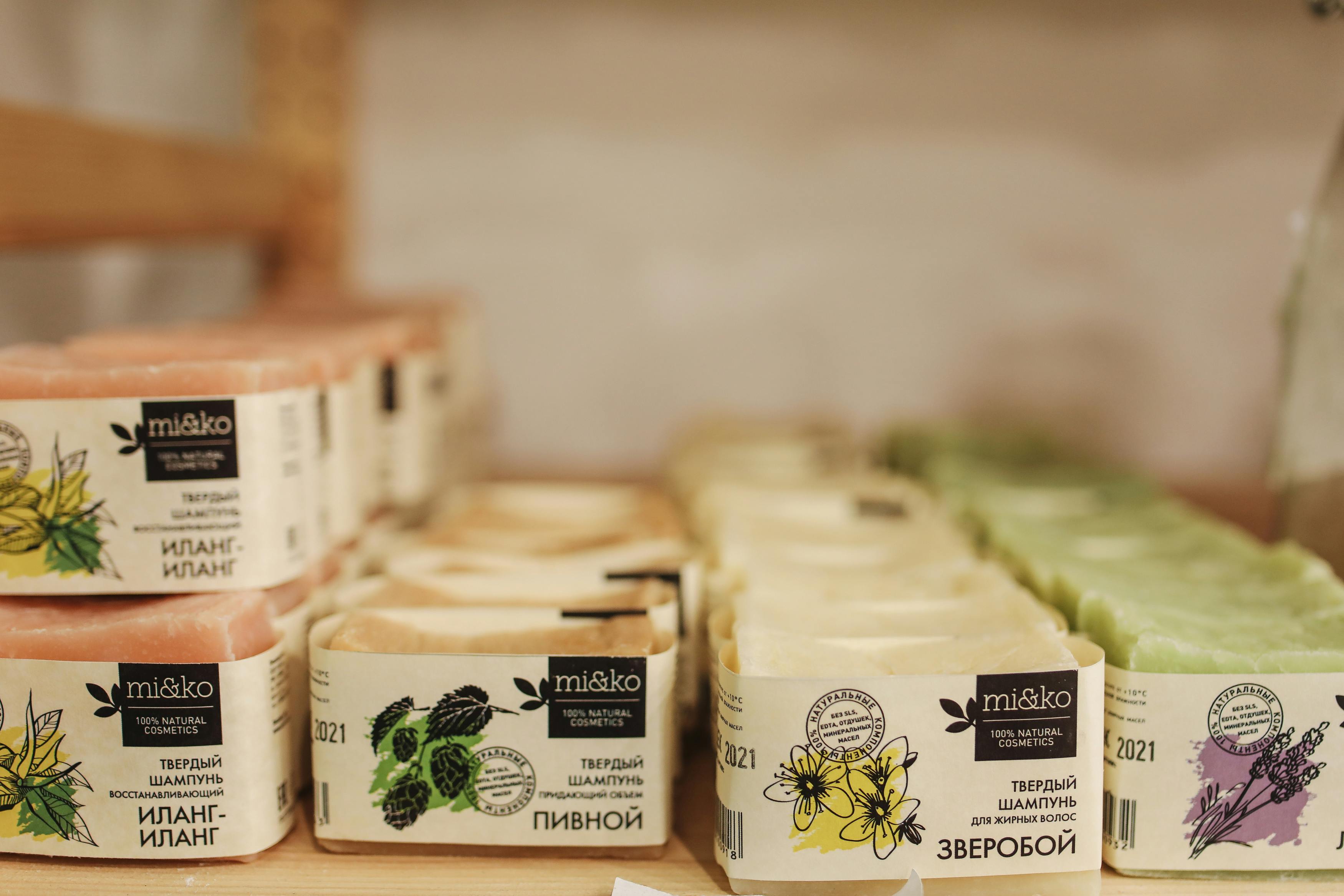To understand what the title of this article means, that is, on the recorder, which letter is each hole, you must first know what a recorder is, what a letter is, and what fingering is. So one can put them all together.
What is a recorder?
The recorder is a musical instrument made of wood or plastic. It is a hollow tube of two or three sections with a nozzle at one end, an opening at the other end, and holes.
They come in different sizes, from small, higher-sounding recorders to larger, lower-sounding recorders.
Each recorder is in the key of C or the key of F, which means that the letters for each hole will be different between the two keys. For example, the lowest note for recorders in the key of C is C and the lowest note for recorders in F is F. Both are fingered the same way.
What is a letter?
“Lyrics” refers to the letters of the alphabet used in music to name notes and is called music alphabet. The musical alphabet consists of the first seven letters of the alphabet, ABCDEF G.
There are other note names associated with each of these seven letters. They are sharp (#) and flat (b) notes. Each letter of the musical alphabet has an associated sharp and flat note, i.e. A# B# C# D# E# F# G# Ab Bb Cb Db Eb Fb Gb. A note raised by a semitone (halftone) is a sharp note. A note lowered one semitone is a flat note. If you can visualize a piano with black and white keys, then a semitone is the closest key to the right or left of the letter; is the nearest sound interval. Note that there are sharp notes that sound the same as flat notes, for example, an A# sound is the same as a Bb sound. These notes are called enharmonic notes and have the same pitch.
A full range of notes in one octave might look like the following two examples.
Ab A Bb BC Db D Eb EF Gb G gold
G# AA# BCC# DD# EFF# G
Each line represents the same notes.
The musical alphabet is repeated over and over again at the range of the musical instrument. The recorder family has a range of around two octaves. It may vary depending on the type of recorder.
What is the fingering on the recorder? that is, what letter is each hole?
When musicians press their fingertips or pads onto the holes in different configurations, it’s called fingering. Each fingering represents a particular note and tone of sound. Sound is created by blowing through the mouthpiece and vibrating the air.
There are more than two octaves of fingerings or notes on the recorder.
Read below for fingering on the recorder
When you play any wind instrument, the left hand goes up.
A recorder has a thumb hole below and 5 single holes plus 2 double holes on top. The holes will be named like this:
Th = thumb of the left hand
1, 2, 3 = left hand 2nd, 3rd, 4th fingers single holes
4, 5 = right hand 2nd, 3rd fingers single holes
6, 7 = right hand 4th 5th fingers double holes
Let’s start with the recorders in the key of C.
note names: fingering
B: Thu, 1
A: Thursday, 1, 2
G: Thu, 1, 2, 3
E: Thursday, 1, 2, 3, 4, 5
F#: Thu, 1, 2, 3, 5, 6
D1: Thursday, 1, 2, 3, 4, 5, 6
C2: Th, second octave C
D2: 2 seconds of octave D
C1: Thursday, 1, 2, 3, 4, 5, 6, 7
that is, all holes covered for a lower sound in the instrument.
People usually start learning the notes B, A, G. They play a variety of BAG pieces and exercises to help in the process of remembering the fingerings and reading the notes on sheet music. Then they learn the other notes step by step with pieces and exercises to play
To produce second octave sounds, the thumb of the left hand covers half a hole.
Recorders in the key of F have F1 as the lowest note, with all holes covered; equivalent to C1. Basically, the fingering patterns remain the same for each recorder but the note name changes.
Recorders in C first octave notes = CDEFGAB
Recorders in F first octave notes = FGA Bb CDE
As the learning process continues, more notes/letters and fingerings are learned. A finger chart is available in the tutorial books, as well as separate fingerings on the pages throughout the step-by-step learning process. To help you remember the fingerings, you need to play, play, play with the guidance of a teacher, a tutor book, or both.
Conclusion
With knowledge of what a recorder is, lyrics and fingering, plus examples of what notes and fingerings a beginner knows, you’re on your way to playing great tunes. The question of which letter for each hole begins to have an answer.

